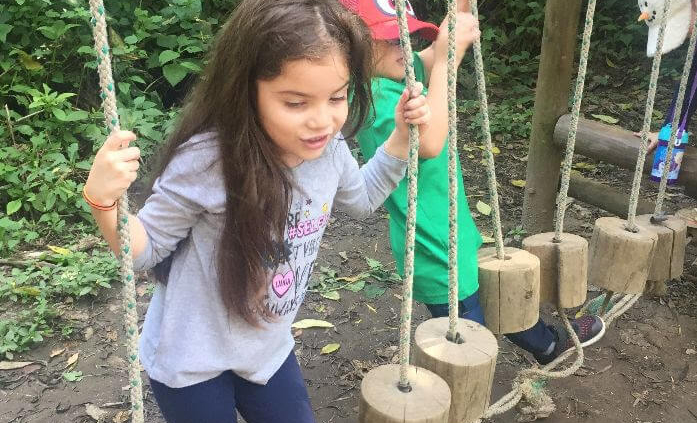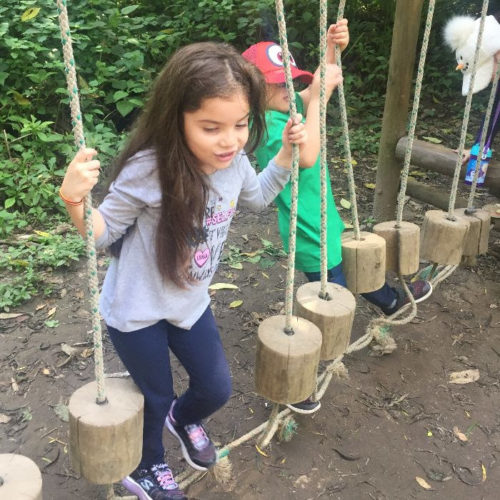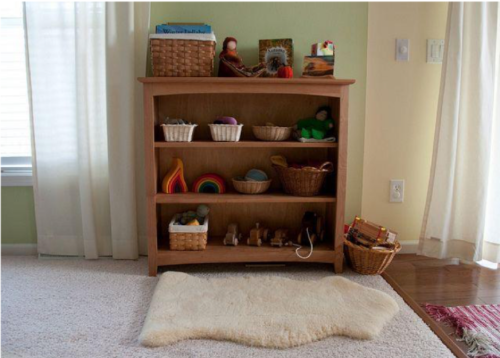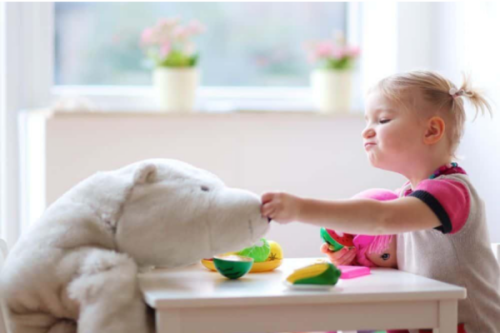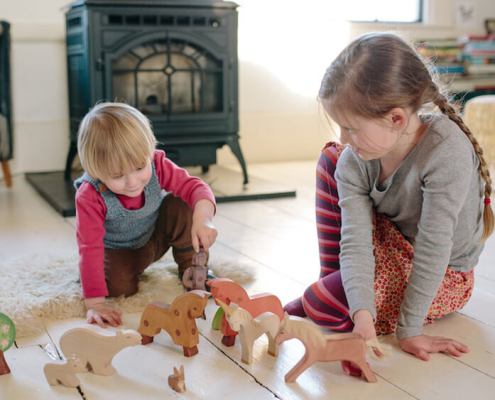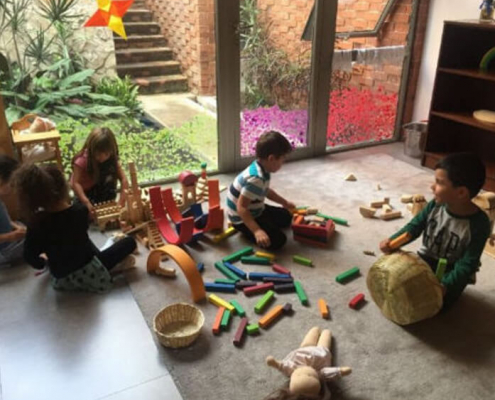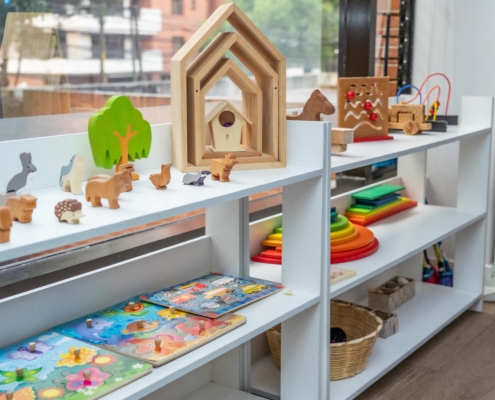5 ways to encourage more play
I wanted to provide some food for thought about supporting deep play at home.
We all know that play is how children develop and that this development is the foundation for their adult life.
However, there are different types of play and these can vary in quality.
- Self-directed play.
- Play from the body that helps the child develop. Eg jumping, climbing, rolling.
- Play from the imagination and imitation of the world around them. Eg play kitchens, feeding a baby, driving a toy car.
- Deliberate imitation. Much like self-directed storytelling. Characters are interacting with each other.
Quality play has depth, goes for a good length of time and is self-directed. It can incorporate all of the elements listed above, The key is that the imagination is sparked and continues to unfold. This kind of play is the magic of childhood and supports our children to thrive. It also supports us as parents too. How lovely is it to watch or overhear as our children play uninhibited in their rooms.
So how do we encourage more of this?
It would seem logical that more toys would encourage a vast array of imaginative play. Not so. In fact, less is more when it comes to toys. Children today have more toys than they know what to do with. Much like adults feel with a desk full of paperwork, a playspace full of toys overwhelms the child’s senses and drowns out their imagination with things “to do”.
A tub full of toys will be tipped upside down to see “what’s inside” and sifted through, only to be left as the child moves onto the next thing to sift through. Craft gets mixed up with board games yet nothing has been made or played with. It can seem that no matter how much you give your child they still want more.
“The child does not need the toys, the toy factories need the child.” – Helle Heckmann.
(Waldorf kindergarten teacher with 30 years experience, author, and family educator.)
Every trip to the shops there is a new thing they really want. Their earnestness leads you to think that, this is the thing that will captivate their attention. Yet despite having a room full of toys we parents may still hear, “I’m bored”.
This is not to say get rid of toys but to pack some away, although this is also a wonderful time of year to give to those less fortunate.
Below is a helpful guide with links to resources on toy selection and display.
– April’s article on toys that support creative play..
– B baskets and bowls that have a low edge so that the child can see everything inside helps to keep everything organized. Natural fibers and materials create warmth and nourish the senses of the child.
– K,Marie. The world’s most famous decluttering woman has many fantastic resources on the process of decluttering and organizing. Her key idea is to only keep items that spark joy within you.
When each item on the shelf can be seen individually it sparks an awareness of its possibilities. This then develops associations within the child’s imagination.
Play is how children develop their inner life and thought processes. Dr. Gilbert Childs writes, “Such tidiness in practical affairs will assist the order of thought processes, so laying the foundations for clear thinking in adult years.”
When playthings have a distinct place on the shelf children will be more motivated to return them back to their homes. This habit develops by imitation and over time.
Clean up songs continue the mood of play.
“Come on my little gnome, let’s tidy up our happy home.”
Or
“Tick, tock goes the clock, what does it have to say? It’s time for us to pick up our toys and put them all away.
The whereabouts and well-being of these friends are always known because they are special. If they are left somewhere care is taken to ensure their return. Over time the beloved friends will become real. They will have wants, needs, and feelings. A special toy is more like a pet, one of the family.
“Real isn’t how you are made,” said the Skin Horse. “It’s a thing that happens to you. When a child loves you for a long, long time, not just to play with, but really loves you, then you become Real“ – The Velveteen Rabbit.
Children also begin to see that toys are a special gift to be grateful for and to treasure rather than an expectation to be met each time a trip to the shops is made.
The imagination is the foundation for the intellect, intuition and deeper understanding of life. Rudolf Steiner calling it, “ the very nerve of education.”
Less is more when it comes to encouraging deep periods of play. When it’s just a teddy and the child perhaps a tea party might take place, or they will huddle together in a cubby and sing songs, or maybe Teddy wants to go on the swing together?
A thoughtfully curated and well-displayed toy shelf is an invitation to play!
A new playspace can also encourage hours of play. A new nook on the balcony, a cleared table laid out with two sets of toys eg lego and Sylvanian. Or nature treasures and dolls.
My favorite invitation to play (used often when I have an important phone call or a guest coming over) is a cardboard box placed in the center of the room along with crayons, masking tape, a scarf, and a teddy bear or two. This can keep a child engaged in imaginative play on and off for many hours at a time.

